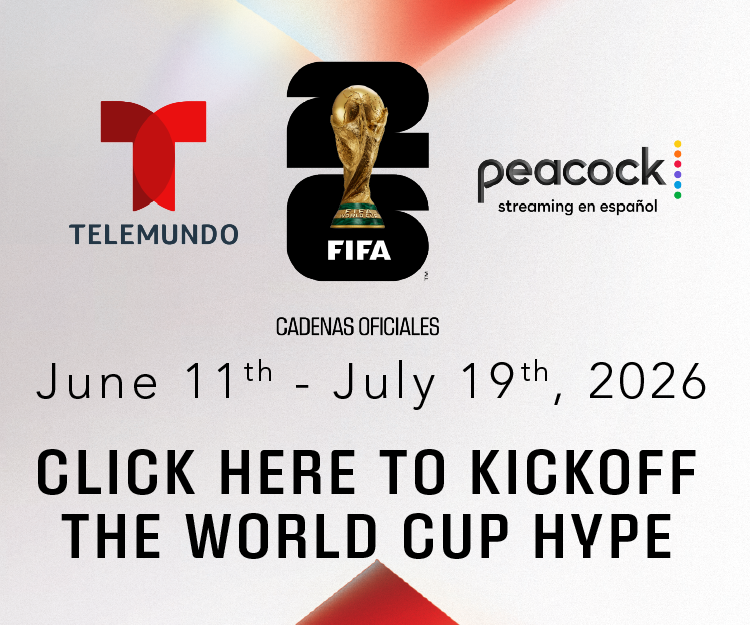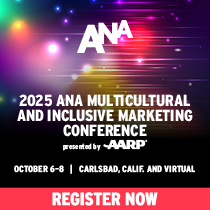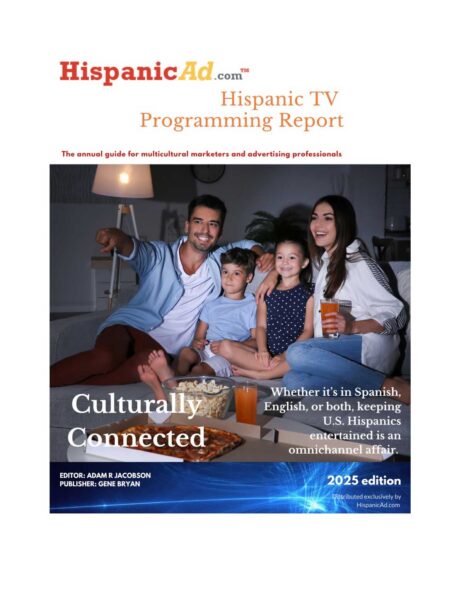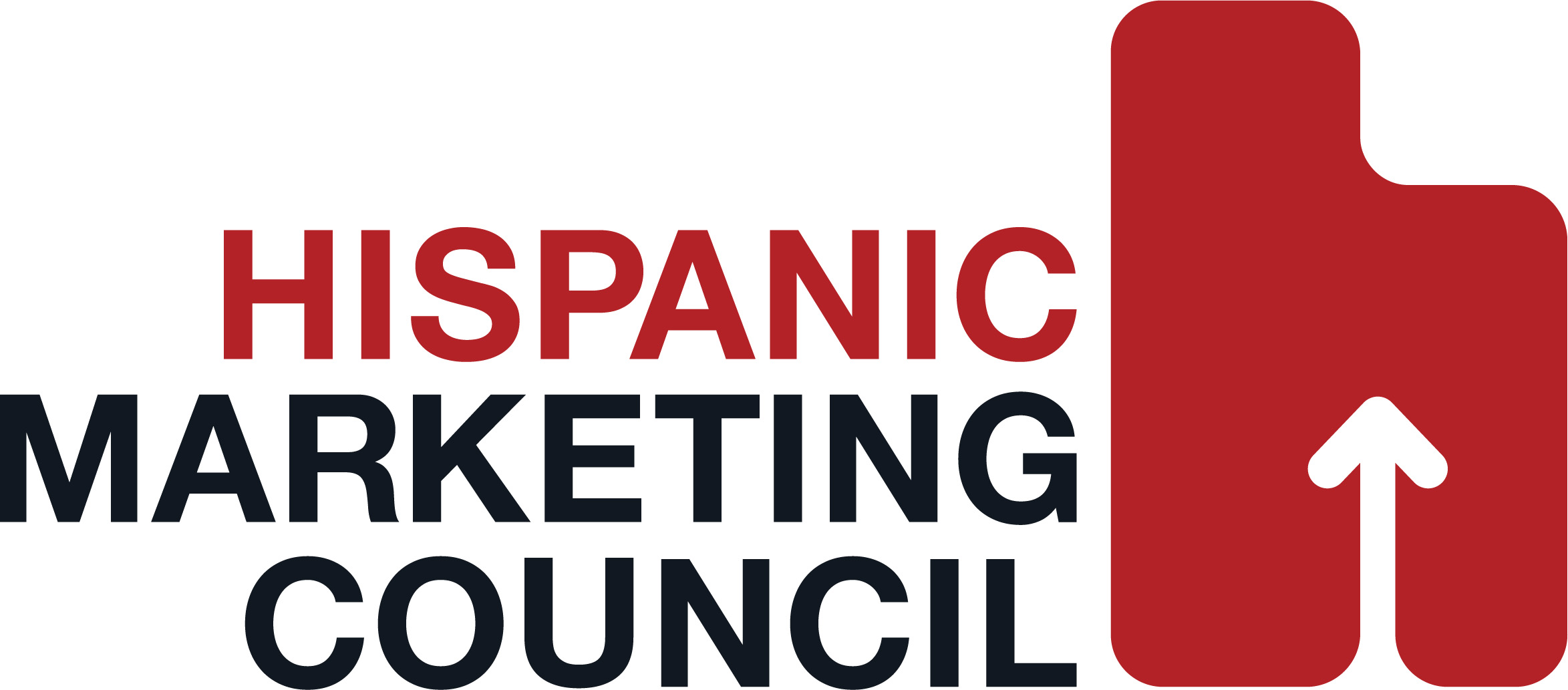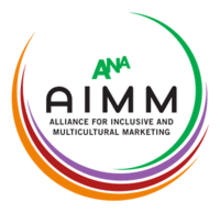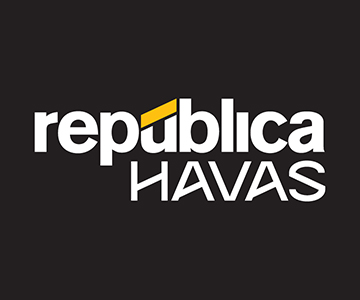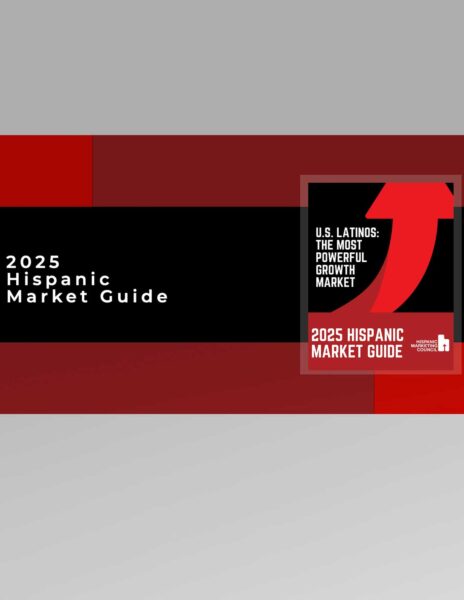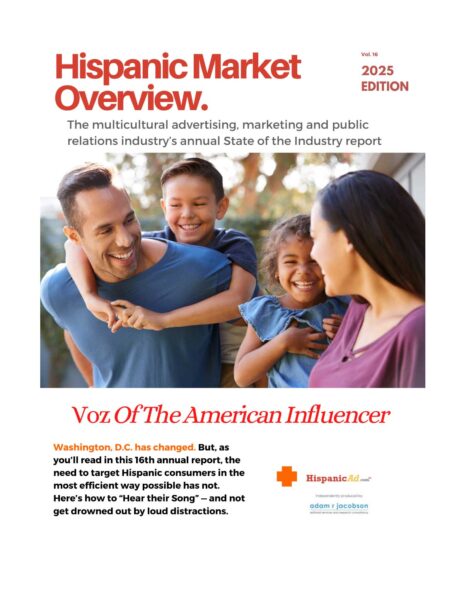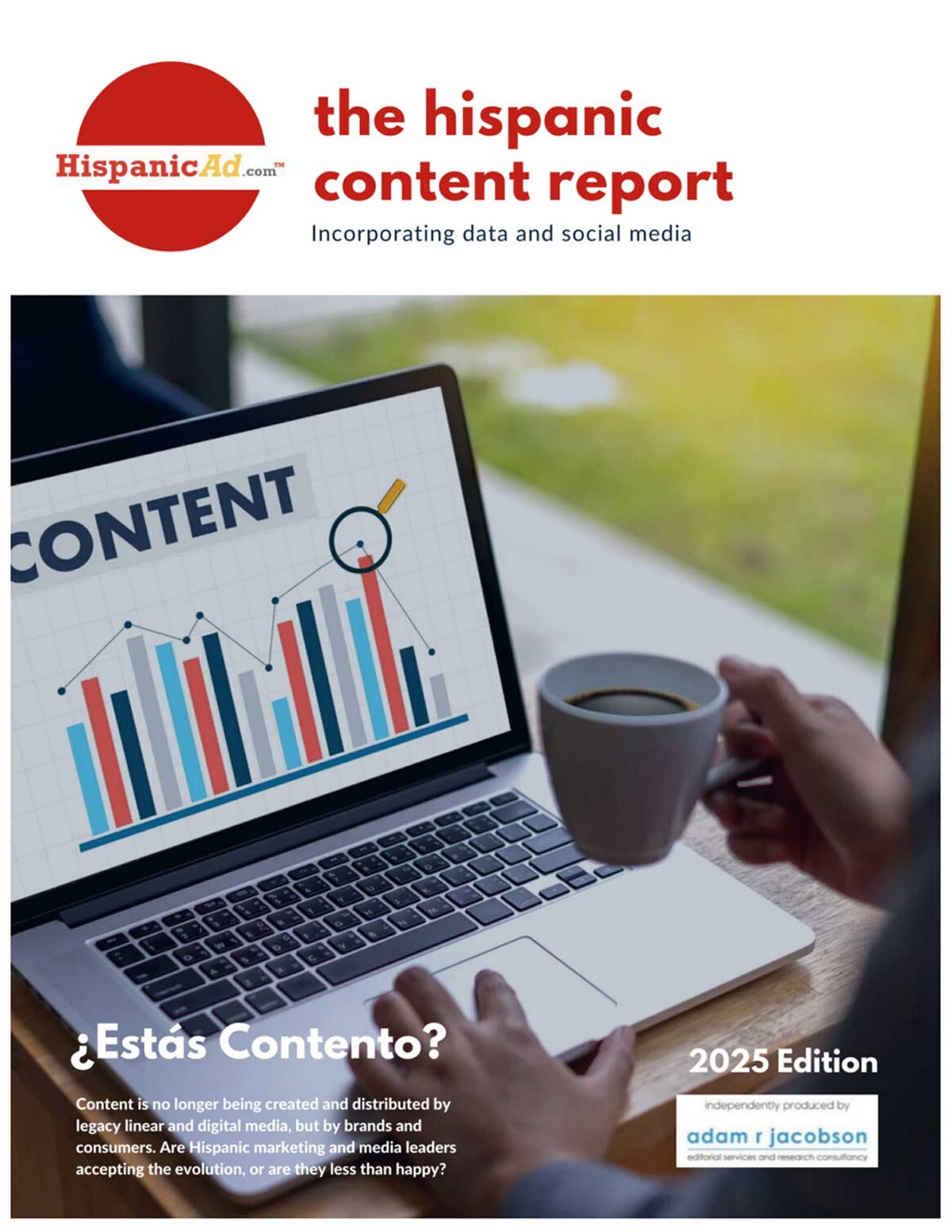Blogger Outreach 101 For Healthcare Marketers
 The days of influence marketing solely backed by celebrities or public figures are long gone. Today, people publish their own opinions and find their voice online by publishing blogs that carry influence of the same caliber, if not more. Bloggers can engage on a personal level, strengthening influence with their audience, and in fact we are seeing higher engagement rates in some cases vs. paid advertising. But how do health marketers create an “influencer campaign” and where to start?
The days of influence marketing solely backed by celebrities or public figures are long gone. Today, people publish their own opinions and find their voice online by publishing blogs that carry influence of the same caliber, if not more. Bloggers can engage on a personal level, strengthening influence with their audience, and in fact we are seeing higher engagement rates in some cases vs. paid advertising. But how do health marketers create an “influencer campaign” and where to start?


 The Advertising Industry is on pins and needles waiting for a report from the Association of National Advertisers (ANA) which is ready to be released that will shed light on the media rebates practice US based agencies are receiving for purchasing media that might not be in the interest of their clients.
The Advertising Industry is on pins and needles waiting for a report from the Association of National Advertisers (ANA) which is ready to be released that will shed light on the media rebates practice US based agencies are receiving for purchasing media that might not be in the interest of their clients.
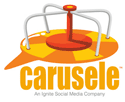 Carusele announced the release of a new whitepaper entitled, “5 Ways to Effectively Measure Your Influencer Marketing Campaign.” The white paper explains a unique customer journey attribution reporting method custom built for the industry.
Carusele announced the release of a new whitepaper entitled, “5 Ways to Effectively Measure Your Influencer Marketing Campaign.” The white paper explains a unique customer journey attribution reporting method custom built for the industry. Mosaico Trading is specifically designed to harness Univision Communications Inc.’s (UCI) digital portfolio including the recently announced Fusion Media Group (FMG) as well as partner premium ad inventory at scal
Mosaico Trading is specifically designed to harness Univision Communications Inc.’s (UCI) digital portfolio including the recently announced Fusion Media Group (FMG) as well as partner premium ad inventory at scal Miller Lite Conciertos Originales returns to Texas for its third annual installment. June 23 through August 27, consumers will have a chance to experience from over ten free concerts taking place in Dallas, Houston, San Antonio, and McAllen, Texas.
Miller Lite Conciertos Originales returns to Texas for its third annual installment. June 23 through August 27, consumers will have a chance to experience from over ten free concerts taking place in Dallas, Houston, San Antonio, and McAllen, Texas. The Telemundo Station Group announced the debut of upgraded, individual station apps for 15 of its local Telemundo-owned stations.
The Telemundo Station Group announced the debut of upgraded, individual station apps for 15 of its local Telemundo-owned stations. NBCUniversal Telemundo Enterprises announced the launch of “El Poder En Ti,” the company’s robust community initiative aimed at empowering viewers to take action for a better life in areas of key importance to U.S. Hispanics: education (Tu Educación), health (Tu Salud), finance (Tu Dinero) and civic engagement (#YoDecido). Cesar Conde, Chairman of NBCUniversal International Group and NBCUniversal Telemundo Enterprises, together with key partners and Telemundo talent, will unveil the new campaign at a special star-studded cocktail reception in Miami, Florida.
NBCUniversal Telemundo Enterprises announced the launch of “El Poder En Ti,” the company’s robust community initiative aimed at empowering viewers to take action for a better life in areas of key importance to U.S. Hispanics: education (Tu Educación), health (Tu Salud), finance (Tu Dinero) and civic engagement (#YoDecido). Cesar Conde, Chairman of NBCUniversal International Group and NBCUniversal Telemundo Enterprises, together with key partners and Telemundo talent, will unveil the new campaign at a special star-studded cocktail reception in Miami, Florida. Las Vegas-based One Entertainment is announcing a partnership to bring the iconic Lotería card game to consumers in the United States, Mexico and Canada.
Las Vegas-based One Entertainment is announcing a partnership to bring the iconic Lotería card game to consumers in the United States, Mexico and Canada. Hispanics represent the fastest growing population segment in the country, a huge and growing buying power, with an undeniable over-indexing of numbers in multiple categories. The power and magnitude of this group makes success in any field requiring consumer support virtually impossible if not engaged appropriately. Yet, while the need to market to Hispanics increases the appeal for Hispanic marketing agencies is declining. By Luciana Gomez
Hispanics represent the fastest growing population segment in the country, a huge and growing buying power, with an undeniable over-indexing of numbers in multiple categories. The power and magnitude of this group makes success in any field requiring consumer support virtually impossible if not engaged appropriately. Yet, while the need to market to Hispanics increases the appeal for Hispanic marketing agencies is declining. By Luciana Gomez By Gonzalo López Martí – Creative director, etc / LMMIAMI.COM
By Gonzalo López Martí – Creative director, etc / LMMIAMI.COM






